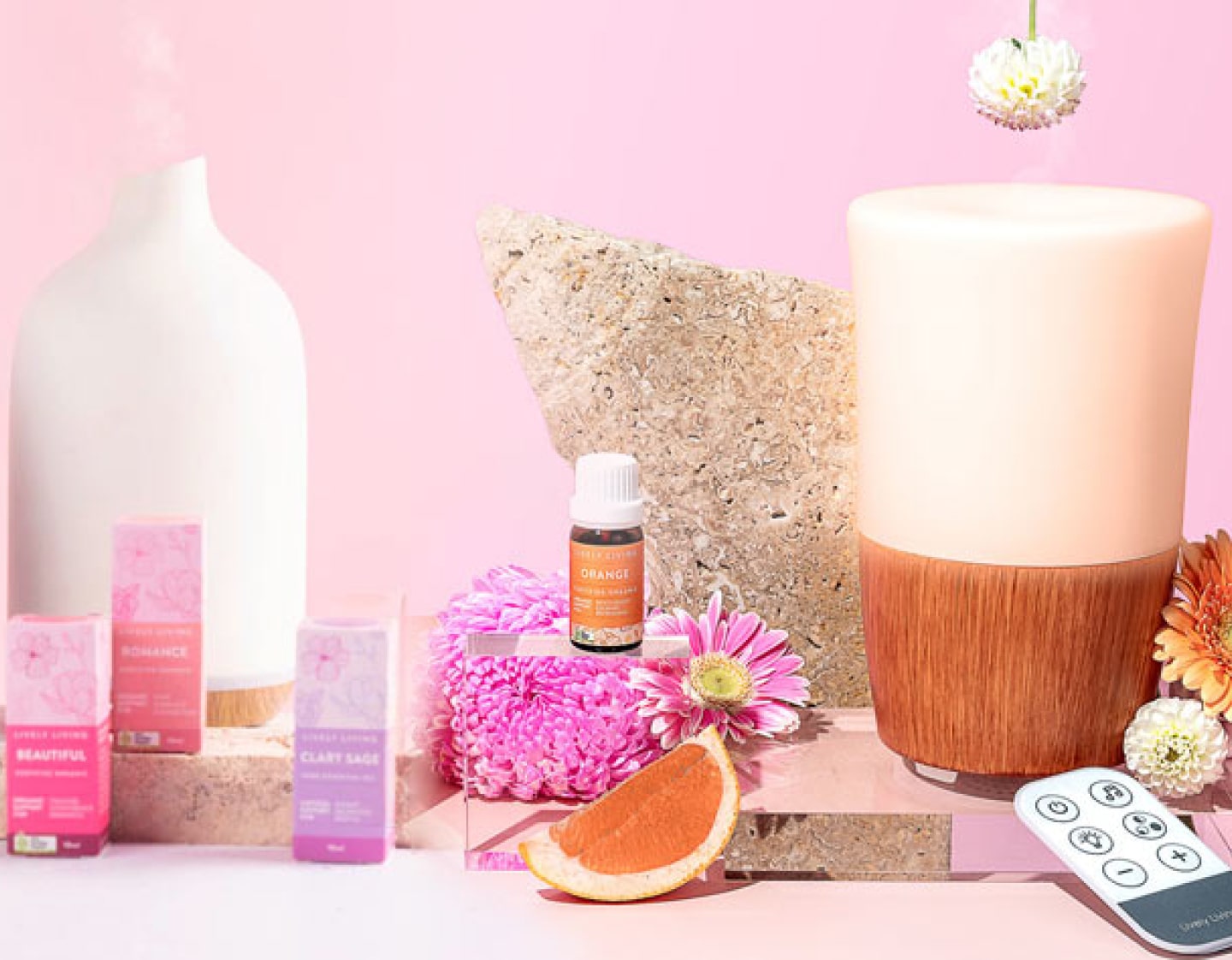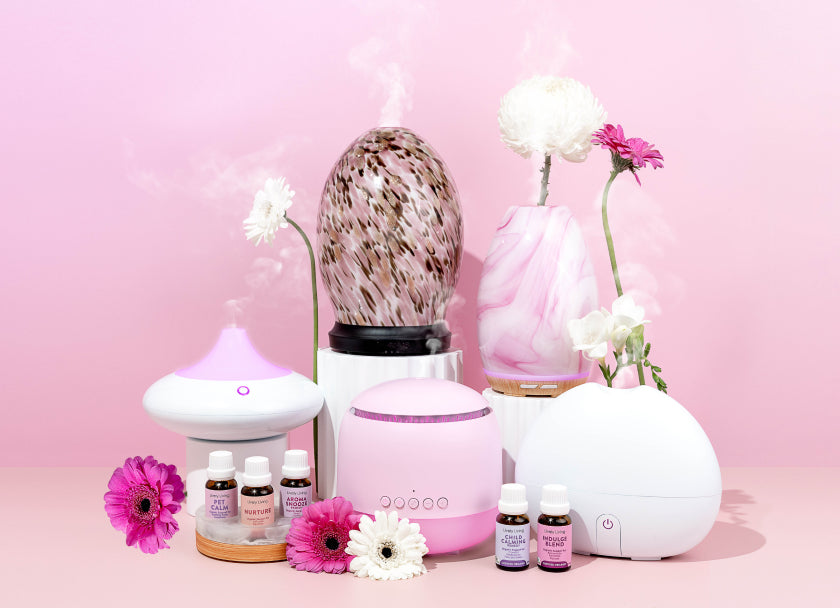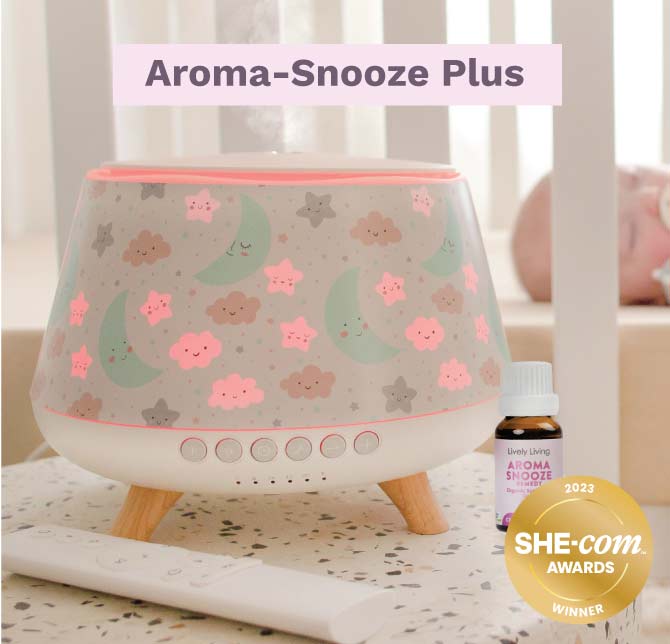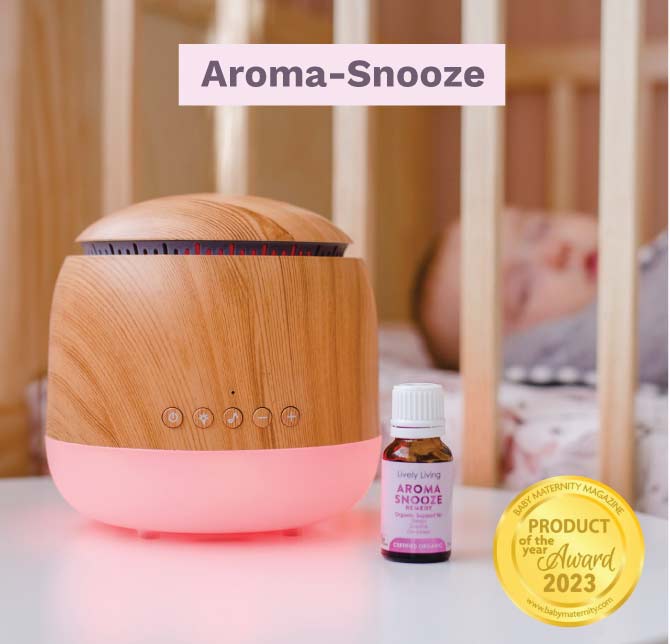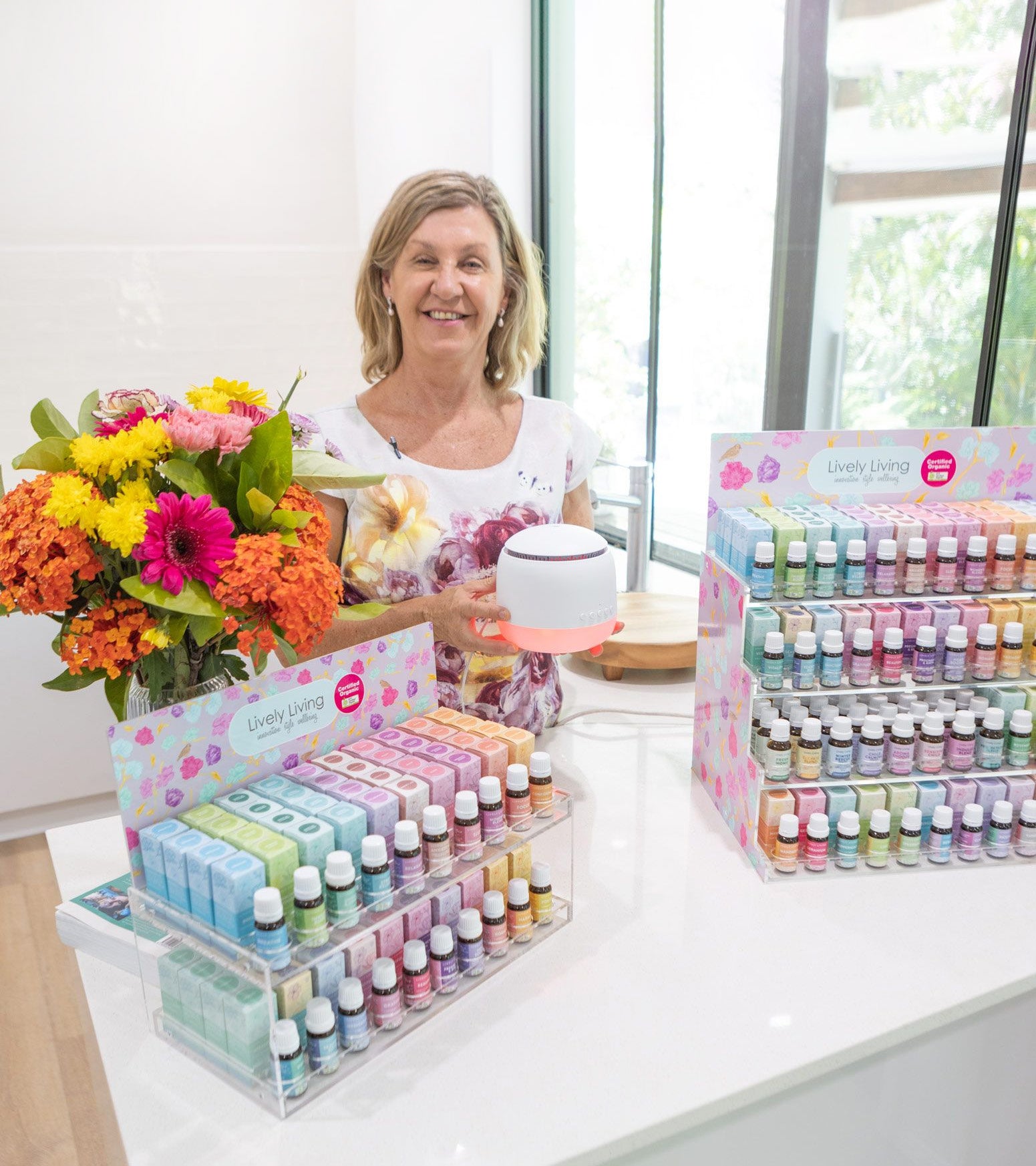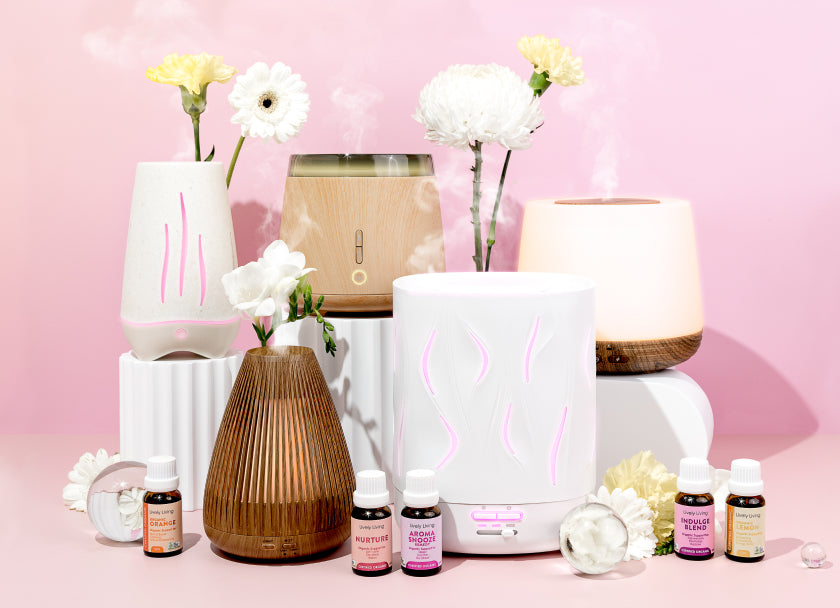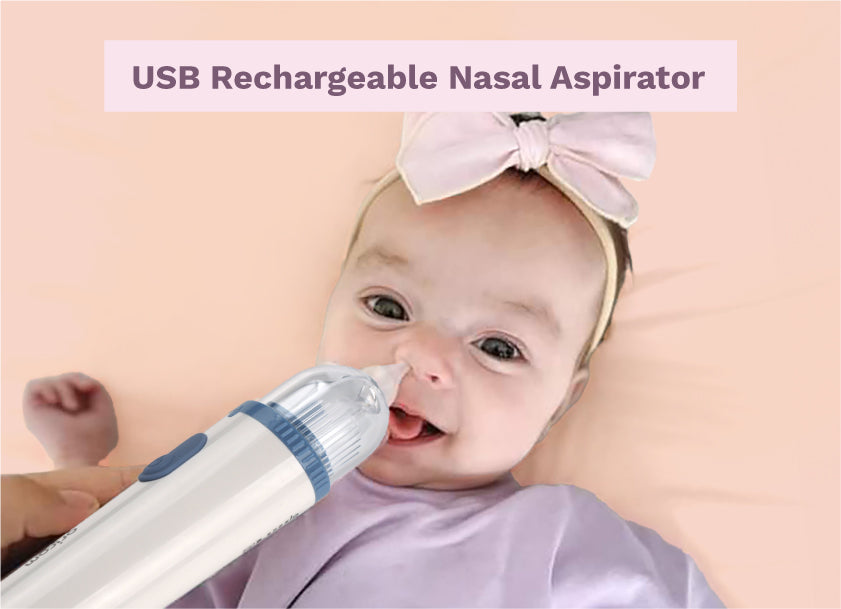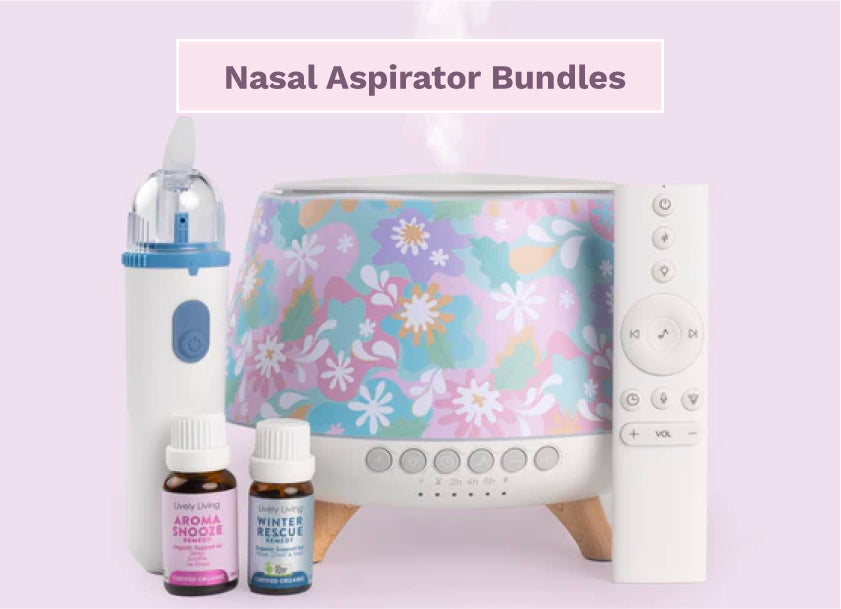The Ultimate Guide to Baby Essentials: What You Need
Bringing a new baby home is incredibly exciting. But let's be real, figuring out what you actually need from the long list of potential baby gear can feel overwhelming. There are so many opinions and newborn checklist options available.
That's why we put together The Ultimate Guide to Baby Essentials – a straightforward essentials list to help you prepare without the stress. Think of this as your friendly, experienced parent friend walking you through exactly what matters for your newborn baby.
Feeling a little lost looking at endless product aisles and online shops? You are not alone. It's easy to get caught up in cute outfits or fancy gadgets, but this guide focuses on the true newborn essentials. This information helps you focus your budget and energy on the items that make those first few months smoother as your baby arrives.
Table of Contents:
- Nursery Necessities: Creating a Safe Sleep Space
- Feeding Essentials: Nourishing Your Little One
- Diapering Duty: Keeping Baby Clean and Comfortable
- Bathtime Basics: Splish, Splash.
- Clothing Comfort: Dressing Your Baby
- On-the-Go Gear: Adventures with Baby
- Health and Safety Essentials
- Putting It All Together: The Ultimate Guide to Baby Essentials Checklist
- Conclusion
Nursery Necessities: Creating a Safe Sleep Space
Your baby's nursery doesn't need to be picture-perfect from day one. Focus on safety and comfort first. The most important item in this part of your baby essentials list is a safe place for your baby to sleep.
Crib or Bassinet
A safe sleep surface is non-negotiable. You'll need either a crib, bassinet, or co-sleeper that meets current safety standards. Bassinets are great for the first few months because they're smaller and can often be kept in your room, making nighttime feeding baby easier.
Look for sturdy construction and check recall lists before buying or accepting a hand-me-down. Cribs offer a longer-term solution as your baby grows. Make sure the mattress fits snugly with no gaps between the mattress and the crib sides.
Firm Crib Mattress
Always pair your crib with a firm, flat mattress designed specifically for that crib. Soft surfaces, loose bedding, pillows, bumper pads, blankets, or stuffed animals in the sleep space dramatically increase the risk of suffocation and sudden infant death syndrome (SIDS). Following safe sleep guidelines significantly reduces the chances of sudden infant death or other infant death tragedies related to the sleep environment; understanding these risks related to death syndrome is crucial for new parents.
Waterproof Mattress Covers
Accidents happen, frequently. Get at least two waterproof mattress protectors. This way, you always have a clean, dry one ready during middle-of-the-night changes, protecting the mattress itself from leaks and spit-up.
These covers make cleanup much simpler. Easy cleanup is a lifesaver when you are sleep-deprived.
Fitted Crib Sheets
You'll want several fitted crib sheets – maybe 3-5. Make sure they fit the mattress tightly with no loose fabric. Like the mattress covers, having extras means you're prepared for leaks or spit-up without having to do laundry immediately.
Changing Station
You don't necessarily need a dedicated changing table. The top of a sturdy dresser with a changing pad secured to it works perfectly well. Ensure whatever surface you use has safety straps or raised edges, and always keep one hand on your baby during changes.
Keep diapers, wipes, and creams within arm's reach but out of baby's grasp. Good organization using storage bags or baskets helps make those frequent changes quicker and less stressful. Remember, never leave your baby unattended on any elevated changing surface.
Rocking Chair or Glider
While not strictly essential for survival, a comfortable chair is a lifesaver for feeding and soothing. Many late nights and early mornings will be spent here nursing or bottle-feeding. A glider or rocker can help lull a fussy baby (and maybe even you) toward sleep.
Consider placing it near the crib for easy transitions. A small side table nearby is also helpful for holding essentials like water or a burp cloth.
Feeding Essentials: Nourishing Your Little One
Whether you plan to breastfeed, formula-feed, or combination feed, you'll need some specific supplies for baby feeding. Feeding is a big part of your baby's day (and night.). Getting prepared helps you focus on bonding with your newborn baby.
If Breastfeeding:
- Nursing Pillow: Helps position the baby comfortably at the breast and reduces strain on your back, neck, and arms.
- Nursing Bras: Get several comfortable, supportive nursing bras (usually 3-5) that allow easy access for feeding.
- Nursing Pads: Disposable or reusable breast pads help absorb leaks between feedings or during let-down.
- Nipple Cream: Lanolin or other ointments can soothe soreness, especially common in the early days of establishing latch.
- Breast Pump: Even if planning to breastfeed exclusively, a pump (manual pump or electric) is helpful. It can relieve engorgement, help build supply, or allow partners to give a bottle of breast milk. Check with your insurance, as many cover the cost of a breast pump.
- Milk Storage Bags or Containers: Essential for milk storage if you plan to pump. Label storage bags clearly with the date. Follow guidelines for safely storing breast milk in the refrigerator or freezer.
If Formula Feeding:
- Baby Formula: Talk to your pediatrician about which type of baby formula is best for your baby. Have some ready before the baby arrives, even if planning to breastfeed initially.
- Bottles: Start with 4-8 bottles (4-ounce size is good initially). See what type of nipple your baby prefers before buying too many, as babies can be picky about shape and flow rate.
- Bottle Brushes: You'll need a dedicated brush set to clean bottles, nipples, and rings properly.
- Bottle Sterilizer (Optional): While not strictly necessary (hot, soapy water and thorough rinsing works), some parents prefer a steam bottle sterilizer for peace of mind and convenience.
- Bottle-Drying Rack: A specific bottle-drying rack helps keep bottles, nipples, and pump parts organized and allows them to air-dry thoroughly.
- Bottle Warmer (Optional): Useful for safely warming bottles of formula or stored breast milk to the right temperature. Never microwave breast milk or formula.
General Feeding Items:
- Burp Cloths: Have plenty (8-12). Babies spit up often, and these protect your clothes and furniture. Muslin cloths are popular as they are absorbent, soft, and wash well.
- Bibs: Useful for catching drool and spit-up, keeping baby clothing cleaner during and after feeds. Start with smaller bibs and transition to larger ones when starting baby food.
Diapering Duty: Keeping Baby Clean and Comfortable
Get ready – you'll be changing a lot of diapers. Setting up an efficient diapering station makes this constant task much more manageable. Aim for convenience and quick access to all your supplies near the changing pad.
Diapers
You'll need plenty of diapers, whether you choose disposable newborn diapers or cloth diapers. Newborns can go through 8-12 diapers a day. Don't overstock on newborn sizes, as babies grow quickly; have the next size up ready.
If using cloth diapers, you'll also need waterproof covers, absorbent inserts, a wet bag for storing soiled diapers when out, and potentially a diaper sprayer attached to the toilet for cleanup. Research different cloth diapering systems (prefolds, all-in-ones, pockets) to see what fits your lifestyle and budget.
Wipes
Baby wipes are essential for cleanup during diaper changes. Choose unscented, sensitive wipes, especially for delicate newborn skin. Alternatively, some parents prefer using soft cloths and warm water.
Diaper Rash Cream
Have a good zinc oxide diaper rash cream on hand to prevent and treat irritation. Apply a barrier cream at most changes, especially before long stretches like overnight sleep, to protect the skin from moisture. Talk to your pediatrician if a diaper rash persists or looks severe.
Diaper Pail or Disposal System
A dedicated diaper pail with a lid helps contain odors from soiled diapers. Some systems use special refill bags, while others work with regular trash bags. This isn't absolutely necessary, but many parents find it very helpful, especially in smaller living spaces.
Bathtime Basics: Splish, Splash.
Bathing your newborn can be a sweet bonding experience, but it can also feel a little nerve-wracking initially. Having the right supplies helps make the baby bath safe and enjoyable. Remember, you only need sponge baths until the umbilical cord stump falls off and the area heals completely, usually within the first couple of weeks.
Infant Tub or Bath Seat
A small plastic tub designed for infants makes bathing safer and easier than using a full-size bathtub. Look for one with a supportive incline or sling for newborns. Some fit over the kitchen sink, which can save your back. A bath seat can be used later once baby can sit up, but always requires constant supervision.
Soft Washcloths
Use gentle washcloths specifically for your baby. Have several on hand (4-6). Microfiber or soft cotton cloths are good choices for sensitive skin.
Baby Bath Wash and Shampoo
Choose mild, tear-free bath wash and shampoo formulated for babies. Newborns don't need soap every day; plain warm water is often sufficient to avoid drying out their sensitive skin. Look for products free of harsh chemicals or fragrances.
Hooded Towels
Hooded towels are great for wrapping baby up warmly and snugly right after the bath. Have 2-3 available. Their design helps keep baby's head warm, and they are typically very soft and absorbent.
Bath Thermometer
A bath thermometer helps you check the water temperature easily. Water should be warm, not hot – around 98-100°F (37-38°C). Always test the water with your elbow or wrist before placing the baby in.
Bath Toys
While not needed for newborns, simple bath toys can make bath time more fun as your baby gets older. Look for mold-resistant toys bath items. These bath toys bath items can distract a baby who is hesitant about baths.
Clothing Comfort: Dressing Your Baby
Baby clothes are undeniably adorable, but focus on practicality for the first few months. Think easy access for diaper changes and soft, comfortable fabrics suitable for daily wear. Remember newborn clothing sizes are outgrown incredibly fast.
Onesies/Bodysuits (5-8)
These are staples of baby clothing. Look for bodysuits, including the versatile sleeve bodysuit and long sleeve bodysuit styles, with snaps at the crotch for easy diaper access. Having both short-sleeve and long sleeve options covers different temperatures.
Sleepers/Pajamas (5-8)
One-piece footed pajamas or sleeping bags (wearable blankets) are perfect and safe for sleeping. Zippers are often much easier to manage than snaps during middle-of-the-night changes. Choose appropriate weight sleeping bags based on room temperature to avoid overheating, a risk factor for SIDS.
Shirts and Pants (4-6 sets)
Separate tops and bottoms offer versatility for layering. Look for soft fabrics and comfortable stretch waistbands. Avoid drawstrings or small decorative buttons that could pose choking hazards.
Socks or Booties (5-7 pairs)
Babies' feet can get cold easily, even indoors. Soft socks or booties help keep them warm. Make sure they aren't too tight around the ankles.
Seasonal Outerwear
Depending on the season your baby arrives, you might need sweaters, jackets, snowsuits, a sun hat for sun protection, or warm hats for cold weather. Dress your baby in layers, similar to what you're wearing, plus one extra layer if it's cold, but remove outer layers indoors or in the baby car seat to prevent overheating.
Don't forget a special outfit for bringing the baby home or for first photos. It's a nice memento.
Gentle Laundry Detergent
Use a fragrance-free, dye-free detergent specifically formulated for babies or sensitive skin. Their skin is delicate and can easily react to harsh chemicals or perfumes found in regular detergents.
On-the-Go Gear: Adventures with Baby
Getting out of the house for baby travel requires some planning and the right equipment. Safety and convenience are top priorities when choosing baby gear for travel, whether it's a quick trip to the store or a longer outing.
Infant Car Seat
This is an absolute must-have; hospitals won't let you leave without a properly installed infant car seat. Choose an infant-only seat (rear-facing, usually lighter with a detachable carrier) or a convertible car seat that starts rear-facing and later transitions to forward-facing, accommodating your child into the toddler years. Ensure any car seat you choose meets current safety standards.
Practice installing the car seat correctly before the baby comes – this is crucial for safety in the baby car. Read both the car seat manual and your vehicle's manual carefully. Consider getting it checked by a certified Child Passenger Safety Technician often available through local police/fire departments or hospitals.
There are many car seats on the market, so research options like the infant car seat versus the convertible car seat to see what fits your needs best.
Stroller
There are many stroller types: full-size, lightweight/umbrella, jogging strollers, and travel systems (which combine a stroller and infant car seat). Consider your lifestyle: Do you need something compact for city sidewalks or rugged for park trails? Test them out in stores if possible to check maneuverability and foldability.
Look for features like ample storage basket size, easy one-hand folding, adjustable handlebar height, and compatibility with your infant car seat if you want a convenient travel system. A rain cover accessory is useful for walks in unpredictable weather.
Baby Carrier or Wrap
A baby carrier or baby wrap allows for babywearing, which frees up your hands while keeping your baby close, secure, and often calm. Choose from soft structured carriers, stretchy wraps, or woven slings. Make sure any baby carrier supports the baby's hips and legs in a healthy, ergonomic 'M' position to promote good hip development.
Practice using the carrier or baby wrap safely at home first. Many babies love being worn, and it's a wonderful way to bond while getting things done.
Diaper Bag
A well-stocked diaper bag is essential for any outing. Pack diapers (newborn diapers or the current size), wipes, a portable changing pad, at least one extra outfit (baby clothes suitable for the weather), burp cloths, feeding supplies (bottles, baby formula if needed, or expressed breast milk kept cool), pacifiers, and maybe a small toy.
Choose a diaper bag that's comfortable to carry (backpack style, messenger style) and has enough compartments for good organization. Don't forget essentials for yourself too.
Health and Safety Essentials
Keeping your baby healthy and safe is paramount. Have these items ready for minor illnesses, grooming, and general safety as your baby grows and becomes more mobile. Planning for safety includes thinking about outlet covers and baby gates.
Digital Thermometer
A reliable thermometer is crucial for checking your baby's temperature accurately. Rectal thermometers are generally considered the gold standard for infants under 3 months. Discuss with your pediatrician how to take temperature properly and when a fever warrants a call or visit.
Nasal Aspirator
Babies can't blow their own noses. A bulb syringe or a more modern nasal aspirator (like the NoseFrida) helps clear mucus when they have a cold, making breathing and feeding easier. Saline drops or spray can help loosen thick mucus before suctioning.
Baby Nail Clippers or File
Baby nails are tiny but can be surprisingly sharp. Keep them trimmed short to prevent scratches on their face or yours. Use safety clippers designed for babies with rounded tips, or gently file them with a soft emery board. Trimming nails while the baby sleeps can often be easier.
Infant Pain Reliever/Fever Reducer
Have infant acetaminophen (like Tylenol) or ibuprofen (like Motrin or Advil – but check age recommendations, as ibuprofen is typically for babies 6 months and older) on hand for fever or discomfort. Always consult your pediatrician for the correct dosage based on weight and before giving any medication, especially to a young infant.
First Aid Kit
A basic kit with adhesive bandages in various sizes, sterile gauze pads, antiseptic wipes, medical tape, and hydrocortisone cream is good to have for minor scrapes or reactions once the baby is older. Keep emergency numbers (pediatrician, poison control: 1-800-222-1222) readily available, perhaps taped inside the kit or saved in your phone.
Baby Monitor
A monitor lets you keep an ear (or eye) on your baby while they sleep in another room, providing peace of mind. Options range from simple audio-only monitors to video monitors with features like night vision, temperature sensors, and two-way talk. Consider your home layout and personal preferences when choosing one.
Soft Brush or Comb
Useful for gently styling baby's fine hair or dealing with cradle cap (seborrheic dermatitis) if it develops. Gently brushing the scales after applying a little baby oil before bath time can help loosen them.
Home Safety Items
As your baby approaches mobility, start thinking about baby-proofing. Key items include outlet covers to prevent shocks and baby gates to block off stairs or unsafe areas. You might receive some safety items at your baby shower, but assess your home specifically.
Putting It All Together: The Ultimate Guide to Baby Essentials Checklist
Feeling prepared can make a big difference as you anticipate your baby's arrival. This checklist summarizes the core items from our Ultimate Guide to Baby Essentials. Many parents find organizing items received at their baby shower against a list like this helpful.
| Category | Essential Items |
|---|---|
| Nursery | Safe Crib/Bassinet, Firm Mattress, Waterproof Mattress Protectors (2+), Fitted Sheets (3-5), Changing Pad/Station, Comfortable Chair (Optional), Outlet Covers, Baby Gates (for later). Avoid loose bedding and bumper pads. |
| Feeding | Bottles (4-8), Baby Formula (if using), Bottle Brush, Burp Cloths (8-12), Bibs (several), Bottle Warmer (Optional), Bottle Sterilizer (Optional), Bottle-Drying Rack. |
| Breastfeeding Specific | Nursing Pillow, Nursing Bras (3-5), Nursing Pads, Nipple Cream, Breast Pump (manual pump or electric), Milk Storage Bags/Containers for milk storage. |
| Diapering | Diapers (newborn diapers & Size 1), Wipes, Diaper Rash Cream, Diaper Pail (Optional), Consider cloth diapers supplies if choosing that route. |
| Bathing | Infant Tub or Bath Seat, Soft Washcloths (several), Baby Bath Wash/Shampoo, Hooded Towels (2-3), Bath Thermometer, Bath Toys (optional, for older babies). |
| Clothing | Onesies/Bodysuits (sleeve bodysuit, long sleeve bodysuit, 5-8 total), Sleepers/Sleeping Bags (5-8), Outfits/Daily Wear (4-6 sets), Socks/Booties (5-7 pairs), Seasonal Wear (sun hat, warm hat), Gentle Detergent, a Special Outfit. |
| Gear | Infant Car Seat or Convertible Car Seat, Stroller (with Rain Cover accessory optional), Baby Carrier/Baby Wrap (Optional), Diaper Bag. |
| Health & Safety | Digital Thermometer, Nasal Aspirator, Nail Clippers/File, Infant Pain Reliever (consult Dr.), First Aid Kit, Baby Monitor (Optional). Remember SIDS prevention (no loose bedding, back to sleep). |
Remember, this essentials list covers the core needs for your newborn baby. You can always add more specific items later as you get to know your baby and your parenting style develops. Don't feel pressured to buy everything at once; focus on these baby essentials first.
Conclusion
Preparing for a baby involves lots of lists and decisions, but hopefully, this Ultimate Guide to Baby Essentials makes the process feel more manageable. Focus on safety, comfort, and practicality first when selecting baby gear and newborn clothing. You truly don't need every gadget marketed to new parents to care wonderfully for your child.
Trust your instincts as you navigate this new phase, ask for help from friends, family, or professionals when you need it, and cherish this special time preparing for your little one. This guide provides a solid foundation, covering everything from car seats to sleeping bags.
You'll figure out the rest as you go – welcoming your newborn baby is a learning experience, and you are capable of doing great. Congratulations on your growing family.

